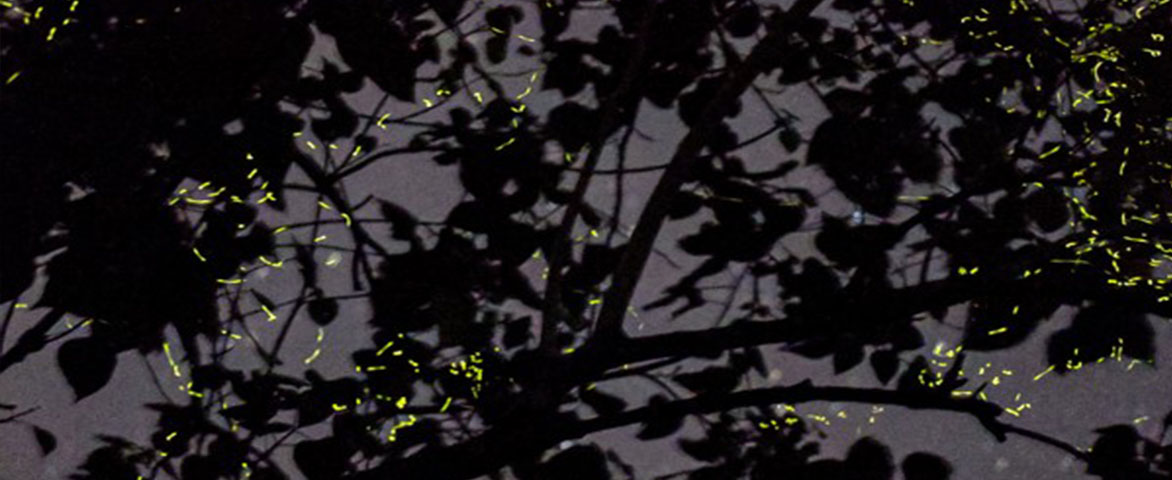Alitaptap | Ipot-ipot | Aninipot
“A campus intertwined with nature” - this describes Central Philippines State University – Kabankalan Campus as it boasts its beautiful balance of buildings and natural landscape, with native trees lined alongside edifices and foot walks. Its dense forest reserve likewise sheathes its beautiful springs, rivers, caves and falls.

Such ecosystem becomes the perfect habitation to diverse faunal and floral species. Recently, it was discovered by the group that there are more or less 2,000 fireflies that luminously converge in the Mabolo, Mango, Mahogany and other native tree species within the campus.
Acting on this, last January 18-20, 2023, the University – Research and Development Office and Environment Management Services, in partnership with the Provincial Environment Management Office (PEMO), crafted CPSU’s 5-Year Agriculture and Biodiversity Conservation Center (ABCC) Management Plan, and the result was the formulation of the vision, mission, goals, and objectives (VMGO) as well as the 5-year Strategic Plan and 1-year Action Plan for CPSU-ABCC.

Part of the group’s output was the identification of the University’s Local Conservation Areas (LCAs). LCA 1 is the Lagoon which is also identified as the sanctuary of these fireflies and biodiversity site. While the LCA 2 is the Mini-Dam with man-made forest, and the proposed Puting Bato “Mystic Rock” LCA as the highest point of CPSU reservation site and a potential ecotourism site.
Just recently, on February 8-9, 2023, the launching of the said “Agriculture and Biodiversity Center” was held highlighting on the Firefly Sanctuary and the Mt. Ballo Mystical Rock. This was witnessed by various partners, the CPSU-Extension and Community Services Offices (ECSO), College of Agriculture and Forestry (CAF) and College of Arts and Sciences (CAS) faculty and students, the Province of Negros Occidental, Provincial Environment Management Office (PEMO), Talarak Foundation, GIZ, 94th IB Philippine Army, LGU of Kabankalan City, DENR CENRO-Kabankalan, and the LGU of Kabankalan Tourism Office.
In one of the lectures for community awareness campaign, Sir Pierre Gabriel San Jose, CAS faculty, gave a talk on the Rapid Faunal Assessment that was conducted by the CPSU team and PEMO in the CPSU reservation area. In their assessment, they confirmed the presence of fireflies in LCA 1, which converge in eight (8) different areas. The Lagoon up to the ruins of the former Acad building has an estimated population between 800-1,000 individuals, while the site at the back of CPSU Chapel has about 400 individuals. Initially, their team identified one species of firefly, the Luciola substriata.
“The fact that firefly populations are declining due to habitat destruction, light pollution, burning, and use of pesticides, this raises concern as these insects play an important role in the ecosystem. They also help to pollinate plants. Thus, the loss of fireflies could have a negative impact on the environment,” Sir San Jose said.
Hence, establishing conservation measures to protect these firefly sanctuaries including the other identified species in the campus necessitates immediate action, of which is the declaration of PEMO for CPSU as an ‘Agriculture and Biodiversity Center’.
As stated by PEMO, this Agriculture and Biodiversity Conservation Center of CPSU will be the first to be established among the state universities and colleges in Negros Occidental.
By: J.A. Emoy
Source & Photos: P.G. San Jose & PEMO










